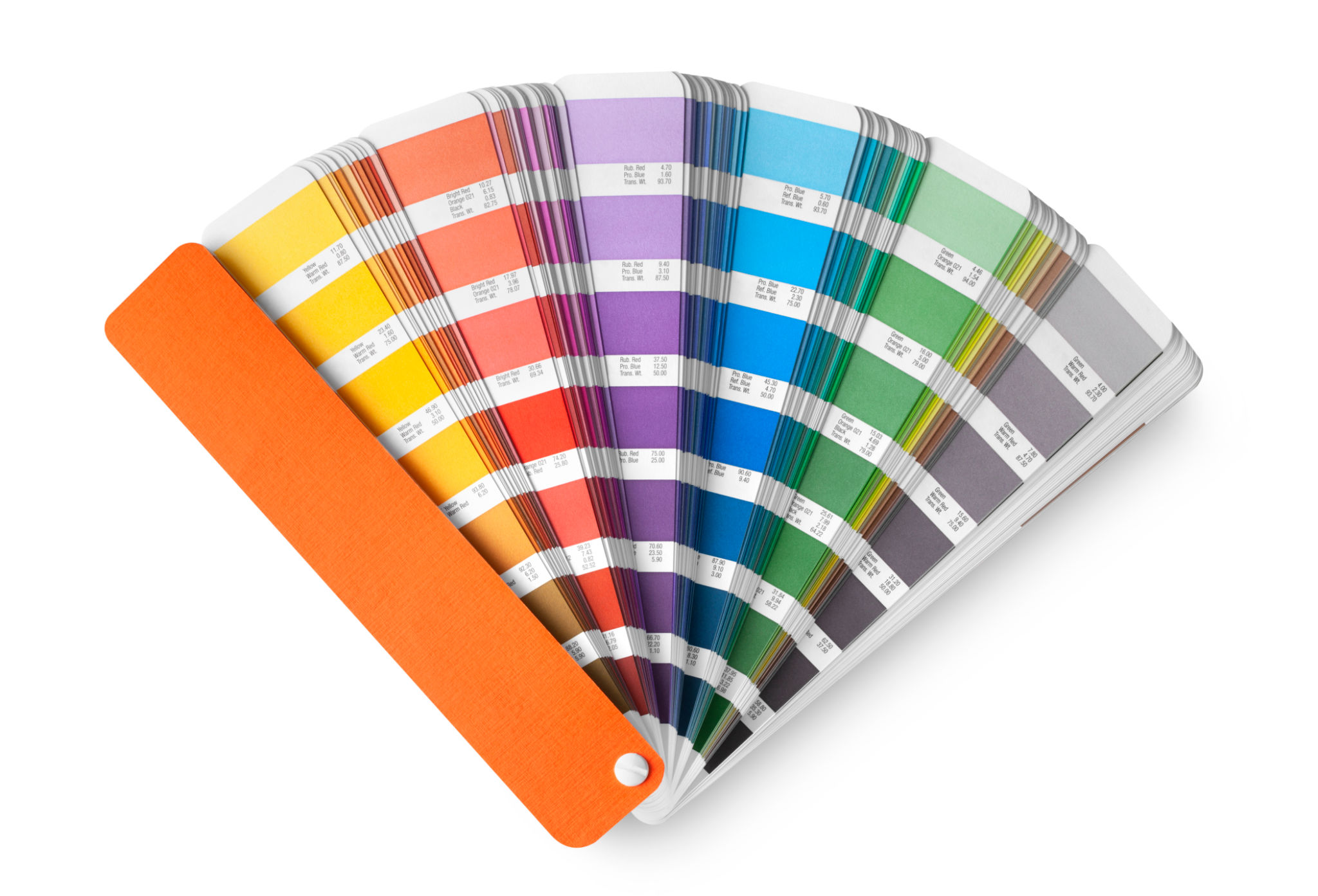5 Common Mistakes to Avoid When Painting Your Home Interiors
Introduction
Painting your home interiors can be an exciting and rewarding project, giving your living space a fresh new look. However, it's not uncommon to encounter some challenges along the way. To help you achieve a flawless finish, we've compiled a list of five common mistakes to avoid when painting your home interiors.
Not Preparing the Surface Properly
One of the most crucial steps in painting is preparing the surface. Failing to do so can result in uneven application and poor adhesion. Make sure to clean the walls thoroughly, repair any cracks or holes, and sand down rough spots before you start painting. This preparation sets the foundation for a smooth and professional-looking finish.

Skipping the Primer
Many people overlook the importance of using a primer, thinking it’s an unnecessary step. However, primer serves multiple purposes: it provides a uniform base for paint, enhances adhesion, and can even block stains and odors. Using primer is especially important if you're painting over a dark color or a surface that has never been painted before.
Choosing the Wrong Paint
The type of paint you choose can significantly impact the outcome of your project. Whether it's the sheen, the color, or the type of paint (e.g., latex or oil-based), selecting the wrong one can lead to dissatisfaction with the final result. Consider the room's lighting, usage, and existing decor when making your choice.
Ignoring Paint Samples
Paint colors can look different in various lighting conditions and on different surfaces. Ignoring paint samples can lead to regret once you see how a color looks on your walls. Always test a small area with paint samples before committing to a full room. This simple step can save you time and money in the long run.

Using Poor Quality Tools
Investing in high-quality brushes and rollers is essential for achieving a professional finish. Cheap tools can leave brush marks, lint, or even cause uneven coverage. Ensure you have the right tools for your specific paint and surface to make the job easier and more efficient.
Not Using Painter's Tape
Painter's tape is a simple yet effective tool for creating clean lines and protecting areas you don't want to be painted. Skipping this step can lead to messy edges and a less polished look. Take the time to apply tape properly around trims, baseboards, and other edges.

Rushing Through the Process
Painting requires patience and attention to detail. Rushing through the process can lead to mistakes like drips, streaks, and uneven coverage. Allow each coat to dry completely before applying another, and take your time to ensure even application. Your patience will be rewarded with a beautiful finish.
Conclusion
Avoiding these common mistakes can make all the difference in your painting project. By taking the time to prepare, choose the right materials, and apply paint carefully, you can transform your home interiors with confidence and enjoy a space that reflects your style and personality.
